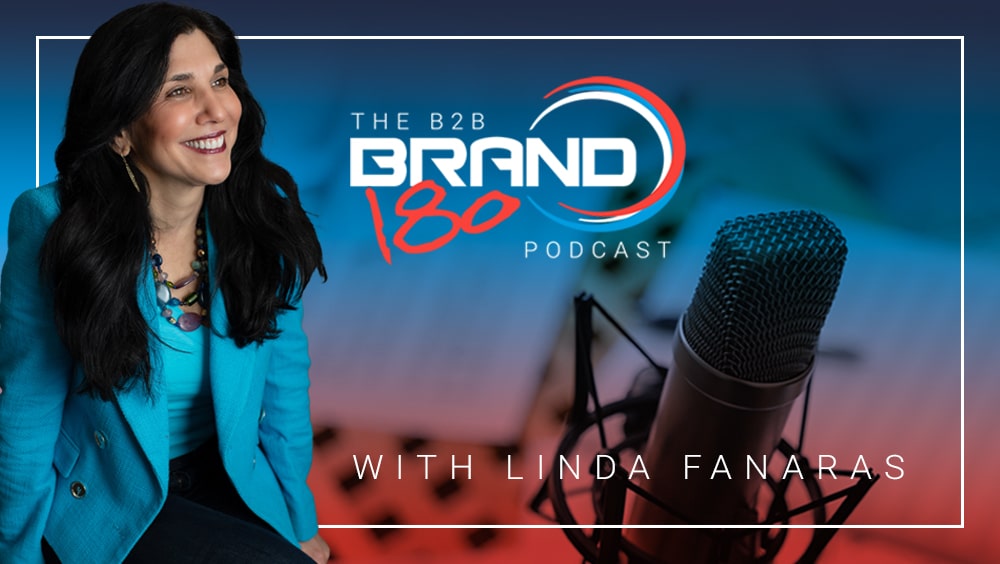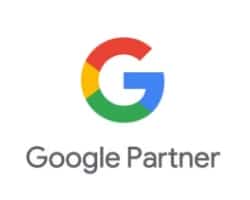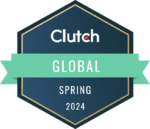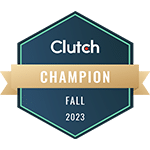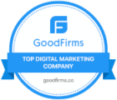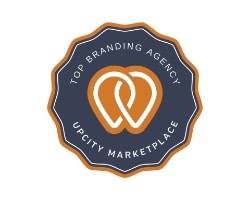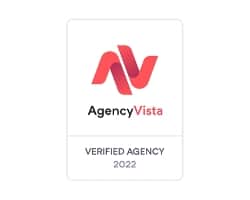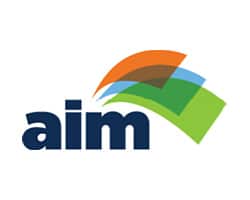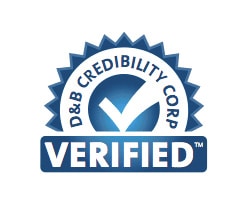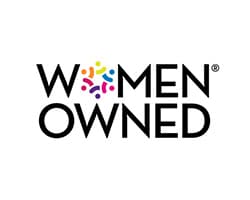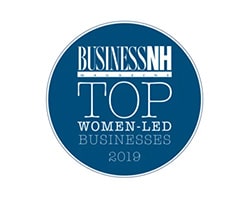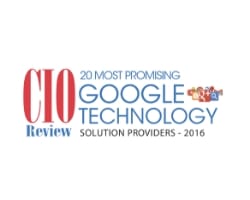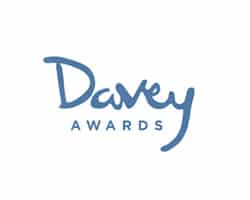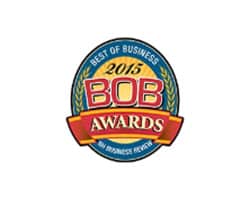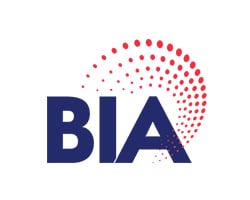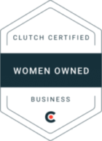In this episode of B2B Brand180, Linda interviews Paul Pritchard, CEO of Overdose Digital. They discuss the company’s growth, digital transformation, AI’s role in e-commerce, and innovation strategies. Paul provides forward-thinking ideas and insights for businesses navigating the rapidly evolving B2B marketing landscape.
Follow Paul at LinkedIn https://www.linkedin.com/in/paulpritchardnz/
You can follow Linda at: https://www.linkedin.com/in/lindafanaras/
and visit Millennium Agency at https://www.linkedin.com/company/millagency/.
Linda Fanaras:
Hi, I’m Linda Fanaras, host of the B2B Brand 180 podcast and CEO of Millennium Agency, where we talk about all things branding and growth strategy. And before I start today, I just want to thank our listeners if you are listening in today, we’d love you to like, share, or subscribe to just help our channel grow. So today I’m really excited to bring in Paul Pritchard. He’s a from Overdose Digital. They are a digital commerce consultancy firm. They primarily design, build and trade digital commerce stores. So I want to take a moment and turn it over to Paul and have him tell us a little bit about himself and his company.
Paul Pritchard:
Well, firstly, thanks Linda for having me on this. I’ve listened to a number of your episodes and. I’ve been really impressed by the conversations and the caliber of your guests. So I feel very fortunate to be amongst this. As you said, my name’s Paul. I’m the group CEO of Overdose. Overdose is a seven year old business that was founded down at the bottom of the world in New Zealand. And in that seven years we’ve managed to grow to 400 plus people with offices throughout APAC and into North America and during that time we’ve managed to work alongside a huge number of merchants who have I’ve been navigating the, the digital commerce craze you know, particularly fueled by the pandemic. That was definitely boom time if you were a merchant who had stores and it was the only way you could trade typically. But I guess, you know, if you, if I look at my background I’m an, I’m an ad guy. Historically, so I spent nearly 18 years working in networks and making digital advertising and kind of having a lot of fun. But, when we started Overdose, it was really a chance for us to build a business that we wanted to be a part of and that we believed would be in hot demand in an industry that was really going through a massive amount of change. And I guess looking back now on that seven years, I can honestly say I’ve. Never experienced more excitement, more growth and more, I guess, you know, the chaos of technology than I have. over this last seven years. So thanks for having me.
Linda Fanaras:
Absolutely. Thank you. I’m excited to learn more about overdose digital. I think it’s, it’ll be great to have our listeners learn some more about what you are offering and how you’re going about it. So let’s get started. I’m just wondering, how do you balance consumer empathy component and then tech? You know, technology in that sort of technology, agnostic mindset in your company’s approach to digital transformation, because today I think it’s getting more and more difficult. It’s like they’re separating every single day. We’re getting further and further apart from technology and the empathy component. And so how are you bridging that gap?
Paul Pritchard:
It’s an interesting question, and I think the key word in there is that agnostic word. So technology typically is an enabler. And it enables an interaction between people and between businesses as well. And I think ultimately, if you focus on the technology, you lose the understanding of what it’s there for. And so our business really started off and in effect, the technology aspect was, was the result of a lot of work that we did with businesses to truly understand how to engage with their, with their customer bases and consumers as a whole through digital channels. So, you know, whether it’s your website, whether it’s your marketing whether it’s your email, whether it’s. You know, any form that you, you have that connection. And I guess if you look at it, if, if technology is the answer to a problem, you have to understand what that challenge is up front. And really, that is what we’ve always faced. So the empathy really comes back to truly just understanding who your customer is. And we do a lot of work with our merchants through data layers, particularly, right. And there’s lots and lots of conversations going on at the moment around disparate data sources and, you know, understanding the insights that you can pull out of it. And technology plays a really strong part to do that. But really, you know, we’re a human business, you know, we employ lots of human beings to do lots of great intelligent work to really connect our merchants with their customers and build long term relationships that sustain growth for them as well.
Linda Fanaras:
Yeah, and I think people are losing sight of some of these more basic aspects of empathy and connecting with the audience and doing it in an effective way. And we always say when we’re messaging and we’re positioning, we’re not talking about features or benefits. We’re talking about an emotional connection. And if you don’t keep that in mind, especially as a marketer or as a business owner, you missed the point because that’s why we make purchases, you know, unless somebody wants a vacuum cleaner that, does its own thing versus Maybe there’s a reason why you want that vacuum cleaner, you know, it’s going to make your life easier. So how do you make those connections? And I think being able to do that in an effective way can be extremely valuable. So the digital landscape is changing, especially when it comes to commerce. What do you see as like emerging trends or technologies that you think might be most impactful in the near future? And I know there’s so many different things out there, from AI to other things, but I’d love to hear your take on that.
Paul Pritchard:
Well, I mean, Linda, I don’t think you can go anywhere or have any conversation around technology without mentioning AI these days, right? I mean, it just feels like it’s the number one topic that’s on, on everyone’s lips at the moment. You know, I do think AI is really important. It’s something that has been baked into what we do from a technology point of view and from an engagement point of view that decisioning process. You know, through the ad channels like Google and Meta and the like even down to that kind of more granular personalization layer, right? AI has been with us for quite a while. I think it’s had such a boom right now because of the accessibility of it. You know, the, the, the ability to use it in smarter ways to, to I guess shortcut some of the, the kind of longer challenges that we face, things like copywriting and, and asset generation and stuff like that is, it’s a really powerful tool. Now, I think one of the things that it will do in the short term is bring everything to the middle, right? It’s kind of a standardization process. That’s what machines do, right? They create this this regular kind of normalized approach to doing things. And so AI for us is an ability to help our people stretch their talent. So they become, wider in their talent set. You know, they’ve got new ways of doing things like creating content, like writing code, like, optimizing ad campaigns and the like. And I think that’s a really wonderful thing because it, it takes some of that hard Graphed work and it makes it a lot easier to do what it doesn’t do is add that kind of real human intelligence the ability To spot something that doesn’t feel right and that feeling is as the important part and that’s where our our people Particularly, you know, I’m thinking about User experience designers, I’m thinking about our marketers I’m thinking about, you know, even our developers who are, building and writing code and, and that reusability aspect. It’s a really powerful tool to help that and become more efficient, but what it doesn’t do is, and what it will never replace for us anyway, is that human insight, that feeling when something was working well. And to really double down on it or something’s not looking or not feeling right and to act on it and Really really quickly and the other thing that we’re seeing a lot of in the technology landscape is this concept of micro services or using the best in breed api applications to do specific things so Where we used to do a lot of monolithic builds right where you choose a sales force or similar and you’d kind of build just big monolithic e commerce store. Now we’re seeing a lot more businesses and a lot more of our tech partners really focusing on the nuances of things like search and personalization and merchandising and really just do that exceptionally well. And with that comes the ability to plug all of these things together in a composable way. To allow our merchants to be able to kind of pick and choose the best in breed, right? That’s their business, not something where they have to fit their business into a, into a monolithic technology landscape.
Linda Fanaras:
That’s great. It’s great insight. So I do have another question around that. So what philosophy do you hope to impart sort of to others that, aspiring to make sort of an impact in the digital commerce space? Do you have any, you have any message or philosophy around that, that you could share with the audience today?
Paul Pritchard:
Well, I guess I can only go by experience, but the last seven years that we’ve been in business, one thing that’s really certain is that things change. Quickly. And so I guess the philosophy that we have is it’s built on our own core behaviors or values. And that is being courageous being curious. So really looking at what’s in front of us and really leaning into it. Right. It’s really easy for businesses, I think, to take a step back and go, you know, we’re going to be fast followers, or we’re going to be, we’re going to wait until this matures into a space. And the reality is, is by the time that’s matured, something new’s coming. So that courage to kind of take a step forward. You don’t have to be, you know, bleeding edge when it comes to technology, but being courageous enough and curious enough to figure out how you might Kind of make something work for you. Really focusing on that, that concept of together. So, you know, we’re a business of 400 people that are spread around the globe. And the ability for our people to connect closely in real time and to work on solving problems with the intelligence and talent that they have and the technology that’s at our fingertips. You know, if we’re not collaborating, right, we’re stronger together than we are apart and we’re more alike than we are different. And so looking at those commonalities and really leaning into what makes us connected is going to be more powerful as well. And then I guess. You know, lastly in that word empathy, I think keeps coming back, right? What is it? You know that that commonality that what the things that make us connected are also the things that make us human and so using that, that ability to empathize with the environments that we’re in with the The customers that we have the the relationships that we have in business. Really allows us to Adopt a a viewpoint that is someone else’s and, and respect it first and foremost, doesn’t mean that you have to, you know, fully dive into it, but it does mean that we’re flexible enough to, to change over time, depending on the kind of human environment that we’re in as well. So I guess my philosophy for anyone trying to step into this is really embrace it, right? Say yes a lot and definitely just continually try things nothing ventured, nothing gained. Yeah, no, that’s
Linda Fanaras:
true. So what would be an example of a solution where you’ve done some consultancy work? How could you share some of that with the audience? Maybe an example or two of what you brought on what you’ve done and what you’ve created just to give maybe some real life examples.
Paul Pritchard:
Yeah, so like our business works with merchants that we would consider in the mid to enterprise market. So, you know, they might be local high street brands that are doing fashion and footwear and, and jewelry. Or they might be more B2B businesses that are manufacturing truck parts or trading securities or, you know, doing, you know, a multitude of things. And that’s the, the benefit of our business and being really agnostic in the space we’re in. A couple of examples, you know, we work with household brand names like Patagonia and DKNY and and still uh, you know, the, the, the outdoor tool company. And these businesses all, fundamentally have the same challenge, which is how do we create a relationship with our consumers? That stands the test of time that that translates a purchase and goes into something that’s a lot more loyal and a lot more I guess brand relatable, right? What do we stand for and what do people buy into? It’s not just the vacuum cleaner, it’s the my house is clean and it’s easy to do something so some of the examples where you know, we’ve created relationships that transcend, product and move more into, you know, what is the relationship? What is the what is the new spaces that we’re working with? So we work with a company that is a, I guess they’re a procurement business for governments. And so what they do is they respond to government RFPs that are looking for products for, you know, for areas and it doesn’t matter what area they’re in. An example being is we stood up a prototype for a marketplace for feminine hygiene products for schools, right? So this is the government looking at providing feminine hygiene products across all schools and so they needed to procure that product and so we worked with this company to stand up. A prototype for a marketplace For schools to be able to access this product So they’d source it, you know internationally they’d bring it in and then schools would be able to make their orders through this This marketplace product now that product in and of itself wasn’t related to the end, you know user or the end product was actually transferable and so this product then translated into an auction site for excess minerals that were not being traded on the the minerals market And so you’re talking about smaller, businesses who might need minerals for, for building kind of, you know, data cards or maybe it’s like byproduct of mining that is then used in other industries. And this business, this marketplace is really for smaller international companies who need smaller lots of this, right? So they’re not. Trading in thousands of tons, you know, they’re trading in tens of tons of this material. And so this was an auction place that was built on top of a marketplace that was originally designed for, schools. So that translatable, technology layer that is a proof of concept for something over here that can then move into this really crazy new space over here Right. We don’t know anything about minerals. We don’t know anything about schools What we do know is how human beings need to interact in these spaces to be able to get what they need quickly As well, right? And so you think about that space and then you go, actually, we have Patagonia kind of service a big region and it’s this kind of crazy environment where, we’re stuck in the middle from a, how do you use technology to solve these problems and these businesses are coming at it from very, very different points of view and they’ve got hugely different customer bases as well.
Linda Fanaras:
Well, before we go to our next question, I just want to take a moment and thank the audience today for listening in and we would love you to like, share, subscribe, or provide a review to the B2B Brand 180 podcast. So Paul, I was interested to just find out what inspired you to challenge that. Typical agency model and establish overdose digital because it’s a different model. So it’s easier to just do, you know, what’s common. And I’m just wondering, why did you choose to do it that way?
Paul Pritchard:
I think there’s two things when you go through a career where it’s about climbing a ladder getting recognition and the salary that goes with it and all sorts of stuff at the end of it, you know, you’re racing to a really thin point of the pyramid. And during that you lose touch with what it is that makes your career personal and special and you lose touch with the people around you. And what we wanted to do with overdose is build an environment where people want it to be. First and foremost and recognize people individually through that process to go, you know what, this is a stepping stone in your career, but it should be something that is truly memorable because it’s an environment where you feel safe and supported, where you can do great work, and you can work with great companies, and you can work with a bunch of people around you locally and internationally. That all want to do the same thing, right? They want to bring the best of their talent every single day, deliver work that people see and and value over time, and they want to be recognized for it. And so we built a company that is incredibly flat. So, you know, from myself and from our other founders down to the, you know, the grads that come into the business, everyone has access to everyone in the business. They’re really respected for what they do. And for who they are individually. It doesn’t matter where you come from, what your beliefs are, you know, how you identify, there’s a home for you to be able to turn up and just do great work, right? And that’s what people want first and foremost. And then they want to be recognized for it. So that’s, you know, that’s the foundation of our people strategy is really value our people, be really respectful and provide that safe and supportive environment. And the results of that are value based relationships with our, with our merchants, with our clients. And once you have that, you have this architecture of a business that is really oriented towards that value exchange, you know, that kind of Collaborative, equity based value exchange where what we give to our merchants they give back to us. We’re true partners, we lean in really, really hard to what it is they are trying to achieve. It’s about that growth conversation. What is it going to take you to get to that next layer? You know, one to two, two to four, four to eight, and so on and so on. That’s our mentality. And so we have this really fortunate environment. We’ve got people who have worked for us from You know, almost day one who have accelerated their careers beyond belief, right? There’s been no barriers, no ceilings, right? And so I guess, overdose has been incredibly successful because we believe in being different and that’s better than just being better, right? So we’re not competing against everyone else trying to just be the next best. Version of that. We’re fighting our own fight where you know, we’re peddling her own canoe, so to speak Because we believe in what we’re doing and we believe that through doing the work that we do and providing the environment We provide we can’t help but be successful
Linda Fanaras:
Yeah, and that culture of innovation Sustains itself. Would you say yes? I mean, how do you sustain that innovation? Because that’s really being innovative, keeping people motivated, keeping them engaged, having them be part of the conversation. How do you make sure that happens?
Paul Pritchard:
That spark comes from almost anywhere. And so you have to create an environment where anyone can put their hand up with an idea or with a problem that they think that they can solve or a challenge that they’re really interested in and getting themselves involved in. And the business will support them to go through that process. And I guess, you know, innovation’s a really interesting term, right? Because I think if you look back ten years ago, innovation was about startups and kind of cutting edge stuff. And all that I think innovation is just in how we sometimes just maintain relationships and connections as well as embracing these new technology environments and you know, the advent of AI and all that sort of stuff. So innovation can come from anywhere and the excitement to be a part of it, I think is what really makes us tick.
Linda Fanaras:
Yeah, a simple conversation can turn into innovation. I’ve seen that time and time again. No, that’s great. Well, thank you, Paul. That was great. It was great for you to share some of the insight on digital overdose and how you grown the firm. I would love our audience to be able to get in touch with you. So if you could share that, I’ll turn it over to you.
Paul Pritchard:
Sure. So you can hit our website. It’s overdose. digital. Just that. It’s pretty simple. Check us out. Otherwise connect with us on LinkedIn. We share a lot of content, a lot of updates. We run our own podcast as well. Overdose and Chill. And so look, we’d, we’d love to connect. We’d love to see you. We’d love to have a conversation.
Linda Fanaras:
That’s great. Well, thanks for tuning in today to our B2B. Brand 180 podcast. And we hope that you found the insights and strategies helpful to your business. And again, I am Linda Fanaras, host of the B2B Brand 180 podcast and CEO of Millennium Agency. Feel free to visit us at mill. agency or connect with me on LinkedIn. And again, to help our channel grow, please hit like, share, or subscribe. And thanks again for listening. And until next time, happy marketing.





